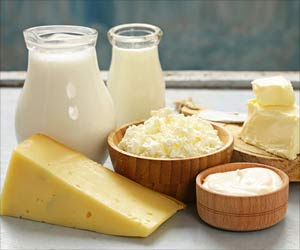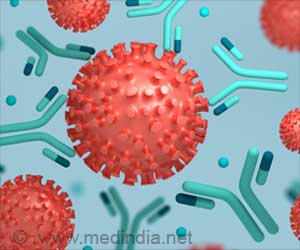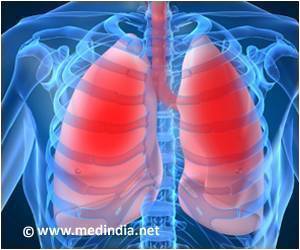“This study sheds light on the intricate interactions of microorganisms throughout the manufacturing process and fosters a deeper understanding of the craftsmanship behind this esteemed Italian cheese,” said Dr. Alessia Levante of the University of Parma, lead author of the study in
). Minor variations in this method distinguish the products of various dairies.
Microbial Role in Mozzarella Production
Levante and her colleagues chose two dairies in Campania that produce mozzarella that qualifies for PDO status to investigate the role of bacteria and whether it differs between traditional and modern dairies. One is larger and uses more modern technology, while the other is smaller and uses more traditional processes.
Advertisement
They sampled the dairies’ milk, natural whey starter, cheese curd before stretching, brine, and mozzarella. “While both dairies produced PDO mozzarella di bufala Campana, subtle variations, such as temperature and duration of processes, influenced the cheese’s microbial composition and potentially impacted organoleptic properties,” said Levante.
The 16S rRNA amplicon gene was sequenced from 19 samples that were sufficiently concentrated. This method involves sequencing a sample’s DNA and amplifying certain parts of a highly variable gene, which is then used to determine the microbe species present and the ratio in which they appear.
While the more modern dairy’s pasteurized milk supplied fewer germs and microbe species to the procedure than the more traditional dairy’s thermalized milk, the brine samples were equally as rich in species as the processed cheese samples. Several species arise and take over during the curd process.
Lactobacillus Vs. Streptococcus in Dairy Processes
Lactobacillus and Streptococcus microbes predominated in both samples. The more traditional dairy’s natural whey starter contained nearly equal numbers of each, but the more modern dairy used a Streptococcus-dominated natural whey starter.
Each dairy has its species within each genus. Lactobacillus increases and Streptococcus declines after curdling in both sets of samples, probably as a result of the stretching process removing temperature stress.
Role of Brine and Whey Starter in Shaping Mozzarella’s Microbiota
The brine also contributes to microbial diversity by inoculating the cheese’s outer layer with new bacteria as it comes into contact with it. The cheese, however, does not contain all of the bacteria found in the brine.
This could be because they aren’t accustomed to surviving on cheese, or because they appear later in the cheese’s shelf life after the samples were obtained. Despite the enormous number of microbe species present in the milk and brine, the natural whey starter appears to have the biggest influence on the microbial makeup of mozzarella.
“We are planning a larger project to investigate more deeply the role of raw buffalo’s milk in defining the microbiota,” said Levante. “This study’s scope was limited to two dairies and a specific sampling size. To provide more comprehensive insights into the microbial intricacies of traditional food production, future research aims to encompass a larger number of producers and manufacturing days.”
Reference :
- Scientists pinpoint the microbes essential to making traditional mozzarella – (https:blog.frontiersin.org/2023/08/15/scientists-pinpoint-the-microbes-essential-to-making-traditional-mozzarella/)
Source: Medindia



